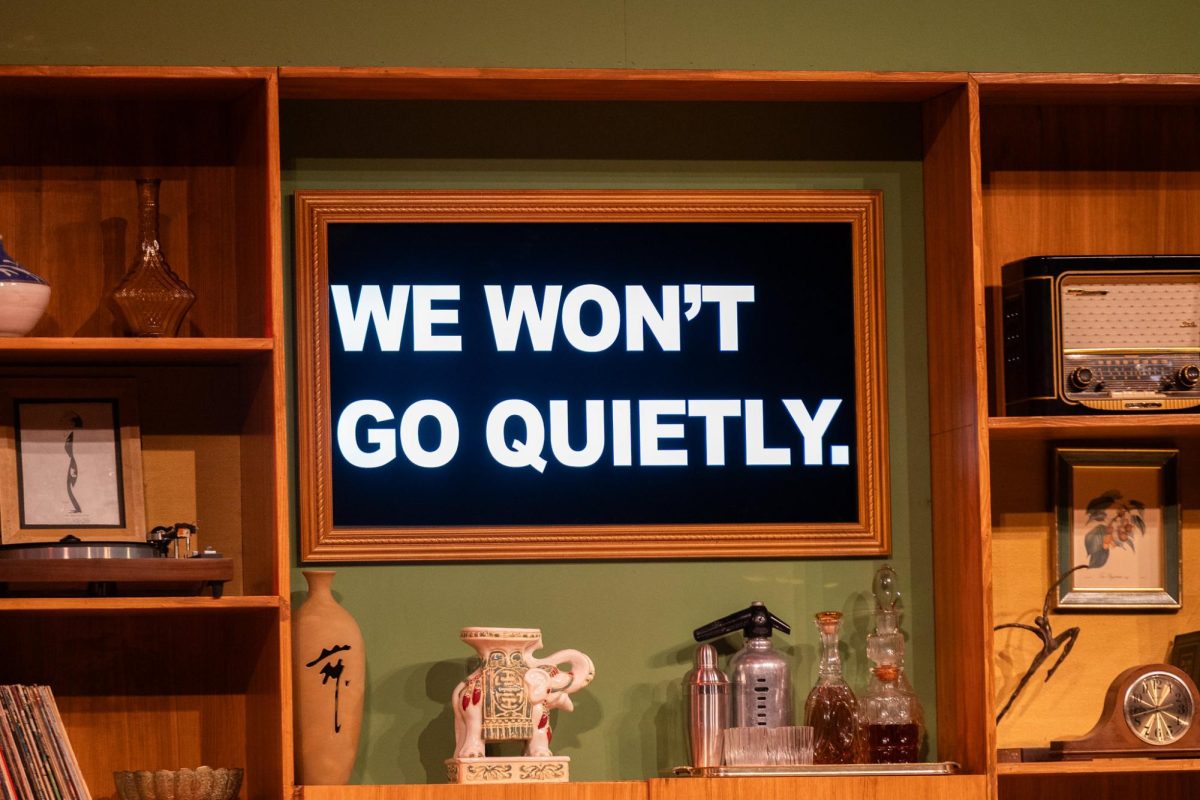“[Game seven of the 2014 World Series] went down to the last pitch, like a Hollywood script,” said Librarian Karen Brodsky in reaction to the 2014 World Series between the Kansas City Royals and San Francisco Giants.
Brodsky recognizes baseball as a pastime that unites nearly everyone, without regard to skin color or ethnicity.
This unity the sport of baseball creates serves as inspiration for Sonoma State University’s newest traveling art exhibit in the library.
The library is now home to a traveling art exhibit that displays the history of the Negro Baseball Leagues, beginning in the late 1800s up until the integration of baseball in 1947.
The traveling exhibit, “Discover Greatness: An Illustrated History of the Negro Baseball Leagues,” is part of the Negro League Baseball Museum, located in Kansas City, MO. The exhibit explores the unique and diverse themes of black baseball throughout the course of history.
“It’s about the story,” said Brodsky. “I hope people will come in and get a chance to read some of the stories about who these people are and what they went through and think about some of the things [players of the Negro Leagues] had to go through for the love of the game.”
The art exhibit displays iconic images such as Pitcher Satchel Paige of the Kansas City Monarchs, who played in the Negro League World Series in 1942, as well as baseball player Jackie Robinson who blurred the lines of color in baseball when he signed a professional contract with the Brooklyn Dodgers in 1945.
The art exhibit coincides with Black History Month, which recognizes the accomplishments of African-Americans throughout history and with Major League Baseball’s Spring Training, both of which begin next month.
The University Library Art Gallery has displayed over 150 unique exhibits since 2001, with this one featuring the history of black baseball in the U.S., and serving as the first of the spring semester.
“[The library] is so fortunate to have this space, and that [the exhibits] are so well supported by people on campus,” said Brodsky.
Brodsky sees the exhibit as something that tells a story that visitors can learn from.
She cites the start of segregation in baseball with an incident in the 1880s where white players refused to be pictured with their black teammates.
“Back in the 1880s, there were a few black players on white [baseball] teams,” Brodsky said, referring to a photo in the exhibit from 1887. “Somebody on this team refused to have his picture taken with a black player.”
That player’s refusal ties into the progression of American history with implementation of Jim Crow laws and such limitations that increased the color barrier in American sports.
Students are encouraged to visit the Negro Leagues Baseball exhibit in the library to learn more about the progression and integration of baseball in the U.S.
For more information on the Negro League Baseball museum, visit nlbm.com.



































